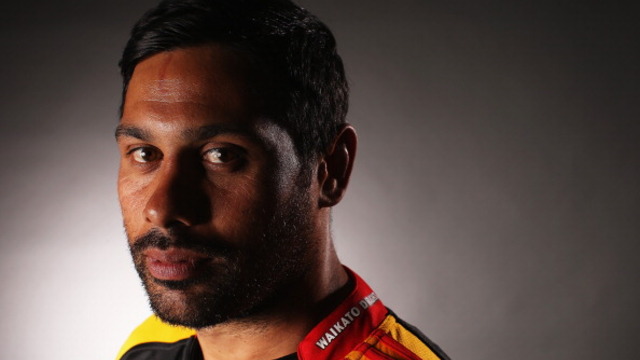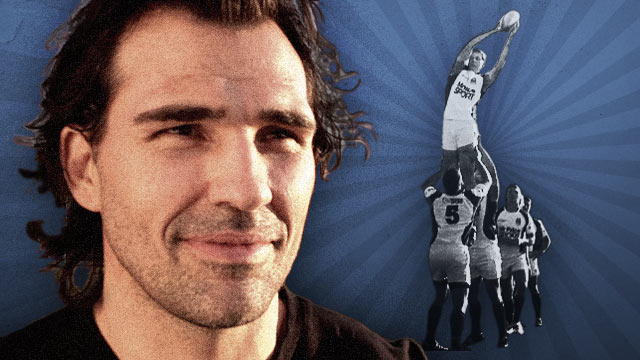The magic triangle in a decade of unbridled success for New Zealand rugby between 2007-2017 was not only the midfield axis of Dan Carter, Ma’a Nonu and Conrad Smith. Less visible, but just as vital was the lineout triad of Brodie Retallick and Sam Whitelock in the second row, with skipper Kieran Read at number 8.
The lineout was the primary way into the opposition at set-piece for the All Blacks of that era, and Kieran Read’s presence was key to their effectiveness. Read was unusual because he ran the lineout from number 8, and typically that is the preserve of one of the second rows.
He called the lineout shots and he was a major component of the threat to steal ball on the opposition’s throw. If you look at the current All Blacks of the moment, typically with Ardie Savea at the back of the scrum, that threat does not exist. Ardie has many great qualities, but lineout expertise is not among them.
As Scott Robertson has reminded everyone recently, by far the best lineout operator in the back-row in New Zealand is his own protegé at the Crusaders, Cullen Grace:
“That try off the back of the scrum [against the Chiefs in the Super Rugby Pacific semi-final], that’s a throwback, isn’t it? To reach out, and I just think the braveness to reach out and score that, his contacts, he’s playing like an All Black.
“Those consistencies, he’s carrying the ball, his defensive efforts, it’s pretty special. As I mentioned before, he’s the best lineout loose forward in the competition, so there’s a lot to like about him. I’m glad that his body’s right and he’s consistent.” https://www.rugbypass.com/news/hes-playing-like-an-all-black-scott-robertsons-special-praise-for-star-crusader/
Cullen Grace looks like Read, with the same willowy, athletic physique. Both are of similar physical dimensions at around 1.93 metres tall and 110 kilos in weight. Grace may not have the same ability to handle and offload in open space as the All Blacks great, but then which forward playing rugby on the planet ever did?
He has some of Read’s smoothness off the base of the scrum, as the try ‘Razor’ referenced illustrates:
https://www.youtube.com/watch?v=DjQJNjtQJig [at 2:15 on the reel]
But it is his lineout which really stands out as being potentially in the Kieran Read class, and that is high praise indeed. The Crusaders had clearly observed the same fallibility in the Blues lineout that I pointed out in this article a couple of months ago https://www.therugbysite.com/blog/set-piece/how-to-shave-the-odds-by-narrowing-the-gap-at-lineout-time , from a regular season game against the Force, and they decided to target the same area in the Super Rugby Pacific final.
At the heart of Kieran Read’s defensive lineout excellence was his reading and receiving ability as the ‘hinge’ in a five-man lineout. The throwing team will usually trim to four- or five-man lineout at exit lineouts up to 35 metres out from their own goal-line. With fewer players in the line, there is a premium on the defensive read made by the middle man in the line:
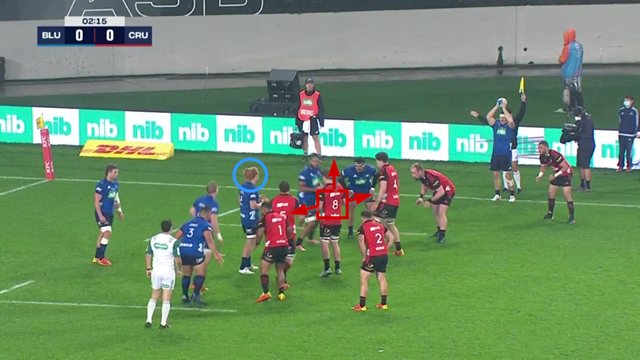
Cullen Grace is book-ended by the Crusaders’ second rows, Scott Barrett (in front) and Sam Whitelock (behind). Grace has to decide whether to lift behind Barrett, or turn to front-boost for Whitelock, or to counter-jump himself.
Over the course of the match, it became clear that the Blues’ lineout caller Josh Goodhue (standing behind the circled Tom Robinson) did not fancy his chances against veteran Whitelock towards the back, so Grace was free to mirror Robinson’s movement in the front half of the line.
The exit lineout began to falter early on:
As soon as Goodhue makes a move, Cullen Grace is reading Tom Robinson’s feet and knows that he must follow a forward movement towards the front. He is able to support Barrett in the air at the same time as Robinson hoists Akira Ioane, and that is the key to a successful competition.
With Ioane having been tried and failed, I suspect Grace already knew exactly where the next throw to the five-man was going:
Goodhue makes the first shift downwards, the line condenses to the front, and Grace has the quick elevation to beat Robinson into the air as the receiver.
The five-man lineout bounced between those same two options, with Goodhue reluctant to take on Whitelock at the tail:
Once again Goodhue triggers a downshift in the line, but Robinson has lost confidence in the timing of the throw with Grace stepping all over his toes. You can see the influence of the Force’s desire to close the gap on the Blues: Sam Whitelock is further across mid-line as Grace’s rear boost than Goodhue when the ball reaches the target:
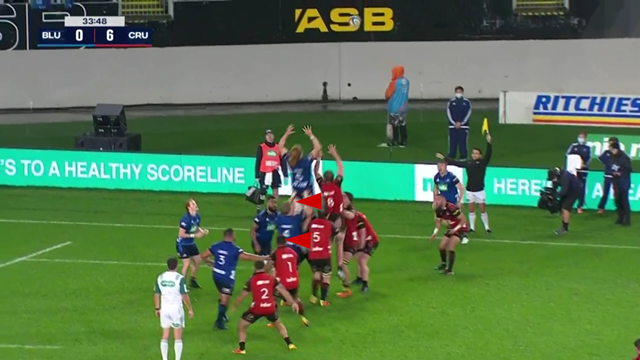
With Grace able to either mirror Robinson to the front or beat him into the air one-on-one as the receiver, the Blues had nowhere to go at their five-man lines:
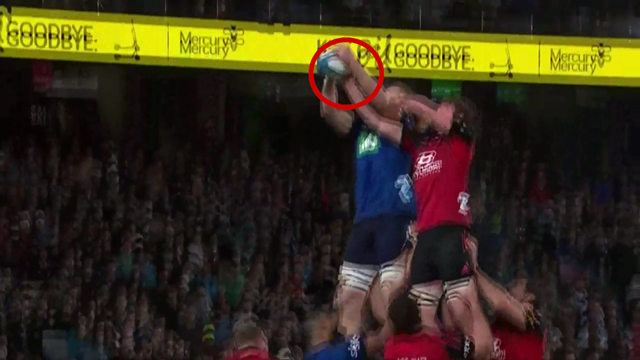
Grace has achieved the Izack Rodda-approved ideal from the earlier article, with an arm in between Robinson’s two, and a goal-keeper-strong right hand on the ball itself.
Summary
The Blues lost a total of ten of their own throws to the lineout in the final of Super Rugby Pacific 2022, and you can never expect to win a high-level game of professional rugby with that kind of return from your primary set-piece. The key to the Crusaders’ defensive success was not just the presence of their second rows Sam Whitelock and Scott Barrett, but the dominance of number 8 Cullen Grace as a reader and receiver sandwiched in between them at the five-man line.
If the All Blacks really want the closest like-for-like to replace the incomparable Kieran Read, they could do a lot worse than pick young Cullen Grace.





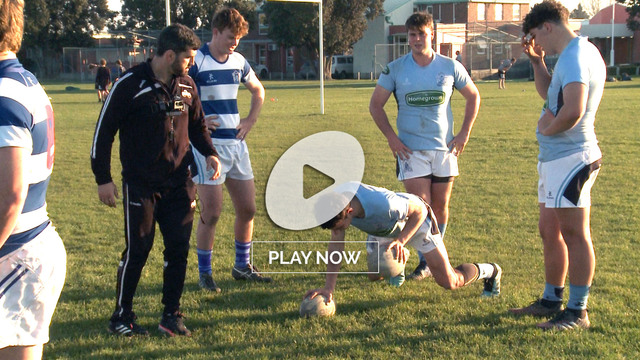
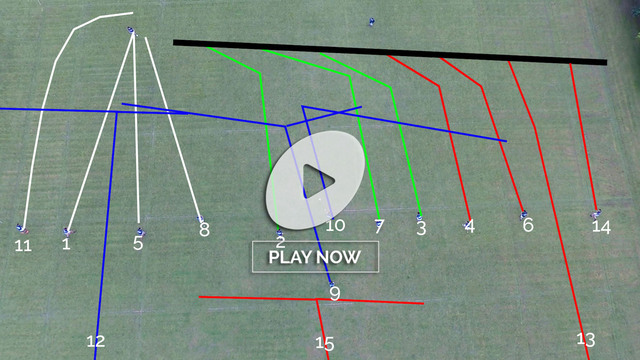
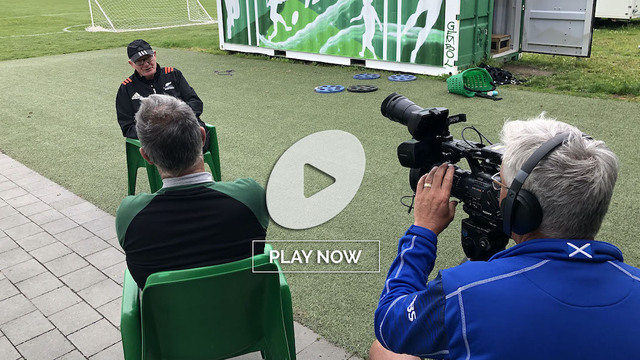
.jpg)
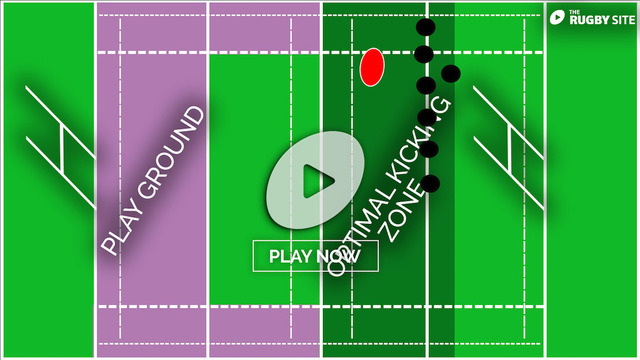
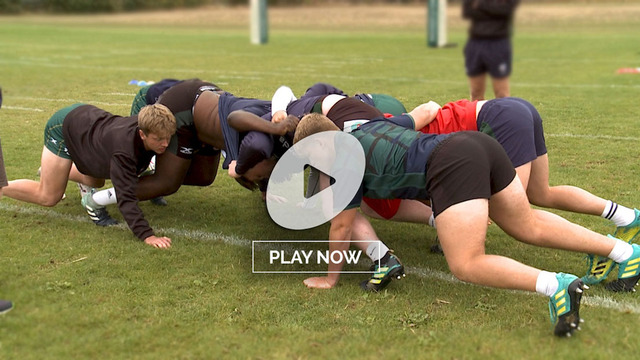
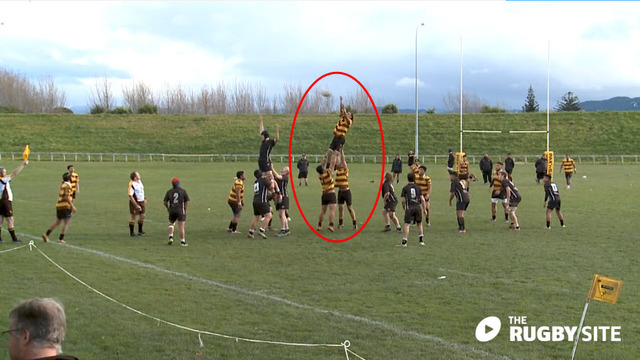
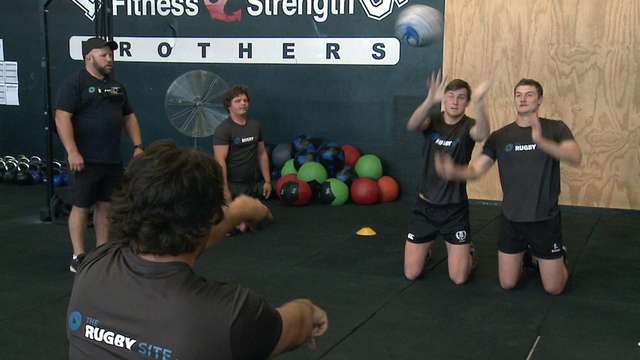
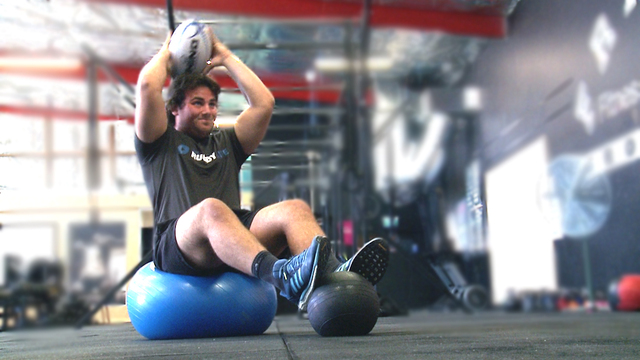
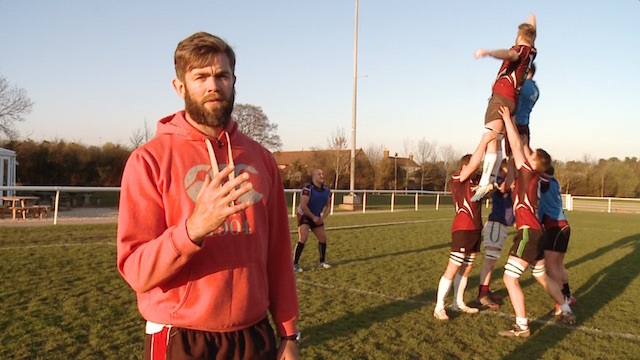
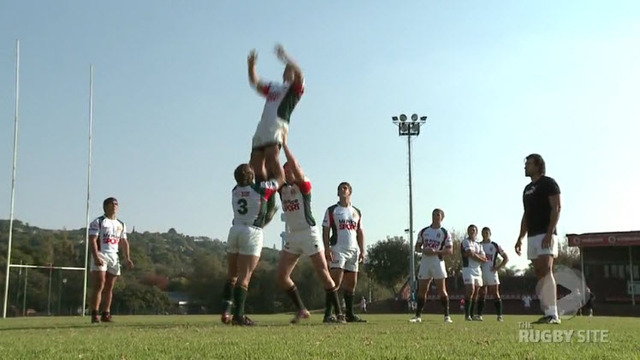
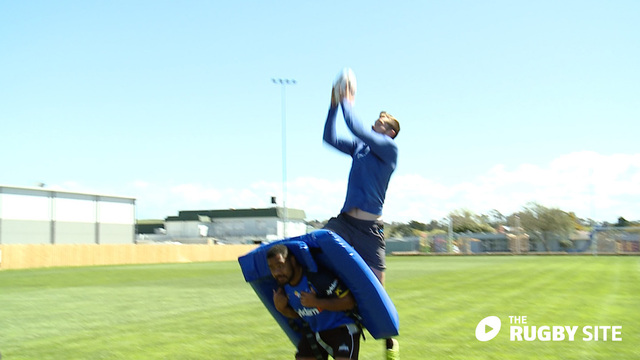
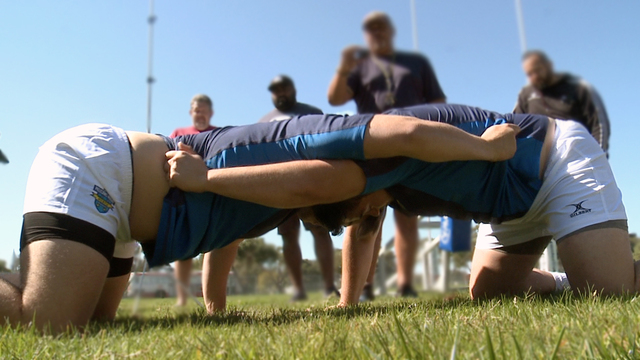
.jpg)
